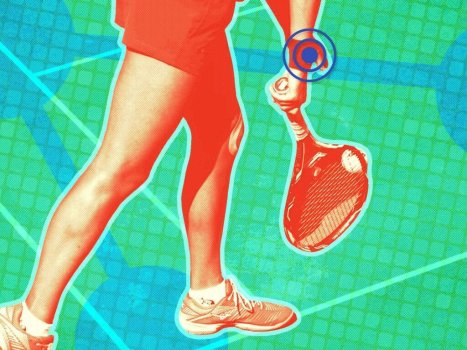K
Kathleen Martin
Guest
In the twenty-first century, smart technologies have begun to penetrate nearly every facet of our lives and the sports and fitness industry is no exception. The Internet of Things (IoT) is a global tech trend that marries everyday devices to the power of the cloud, thus creating endless opportunities for businesses. IoT has the potential economic impact of up to $1.6 trillion in the health and fitness sector globally by 2025, according to McKinsey and Co. In addition, the global sports tech market is expected to reach $40.2 billion by 2026. And yet, businesses at the intersection of sports, fitness, and health still fail to identify the benefits that disruptive technologies have to offer.
The Shift in Consumer Expectations of Sport and Fitness Industries
To illustrate how technologies have tightly wound themselves into our everyday lives, let’s look at how someone might start their day. They wake up and exercise or maybe start their day with yoga or meditation. In all of these activities, they are most likely to use technologies at hand – to track their heartbeat with fitness bands or smartwatches, track their speed or count the distance, or use guided meditations that help switch off the distractions and remind them to concentrate on breathing.
All of these fitness trackers with sensors that collect data are nothing other than IoT that we use on a daily basis without even realizing it. What we do realize is that we use all these devices to improve our performance, and in order to improve, we need them to collect more and more data about our activities. Data aggregation, analysis, and connectivity make these devices smart. With such smart fitness devices, consumers’ expectations become limitless.
Users want real-time monitoring and analysis of their vitals. They expect their smart gadgets to be tailored to their needs and offer them a more personalized approach. The smart wristbands and watches should – and are already – reading blood oxygen levels, generating an ECG, detecting spikes in heart rate levels, tracking sleep stages, and even detecting if the person wearing it has washed their hands.
Beyond health tracking, smart devices also connect us to global sports events with remote spectating, stadiums and sporting venues now offer immersive fan experiences. The connected person isn’t just a concept from sci-fi movies anymore, it’s reality.
Continue reading: https://www.iotforall.com/how-iot-can-help-businesses-in-the-sports-and-fitness-industry
The Shift in Consumer Expectations of Sport and Fitness Industries
To illustrate how technologies have tightly wound themselves into our everyday lives, let’s look at how someone might start their day. They wake up and exercise or maybe start their day with yoga or meditation. In all of these activities, they are most likely to use technologies at hand – to track their heartbeat with fitness bands or smartwatches, track their speed or count the distance, or use guided meditations that help switch off the distractions and remind them to concentrate on breathing.
All of these fitness trackers with sensors that collect data are nothing other than IoT that we use on a daily basis without even realizing it. What we do realize is that we use all these devices to improve our performance, and in order to improve, we need them to collect more and more data about our activities. Data aggregation, analysis, and connectivity make these devices smart. With such smart fitness devices, consumers’ expectations become limitless.
Users want real-time monitoring and analysis of their vitals. They expect their smart gadgets to be tailored to their needs and offer them a more personalized approach. The smart wristbands and watches should – and are already – reading blood oxygen levels, generating an ECG, detecting spikes in heart rate levels, tracking sleep stages, and even detecting if the person wearing it has washed their hands.
Beyond health tracking, smart devices also connect us to global sports events with remote spectating, stadiums and sporting venues now offer immersive fan experiences. The connected person isn’t just a concept from sci-fi movies anymore, it’s reality.
Continue reading: https://www.iotforall.com/how-iot-can-help-businesses-in-the-sports-and-fitness-industry

